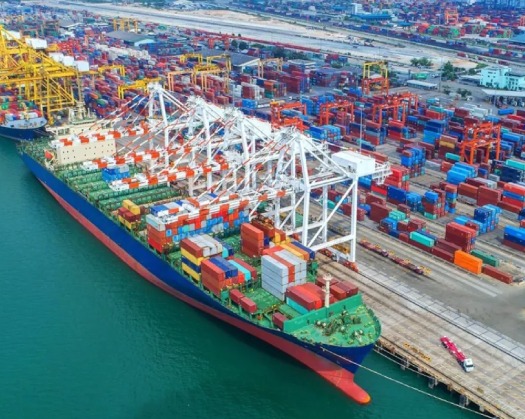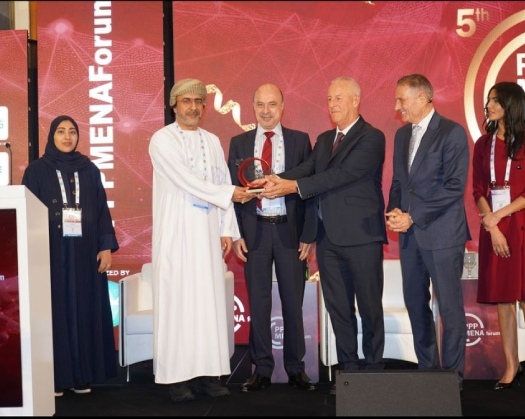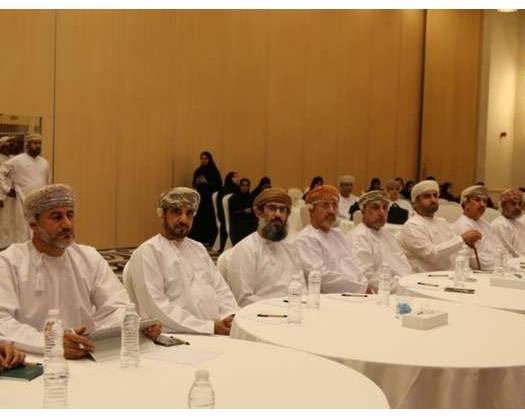New Delhi: According to EY's Economy Watch report, despite global uncertainties, India’s economy is demonstrating both stability and resilience.
The report underscores positive patterns regarding inflation management, fiscal health, and overall economic engagement, all while the international economy grapples with issues like trade disputes and reduced growth rates.
It further states, "The high-frequency data from February and March 2025 indicate a developing situation where the chance of India sustaining its growth momentum seems quite robust. This is reflected in solid performance from both the manufacturing and service sectors. "
A notably favorable change for India is the significant drop in inflation rates. In March 2025, retail inflation, which is based on the Consumer Price Index (CPI), fell to 3. 3 percent—marking its lowest rate in 67 months.
The decline can be primarily attributed to reducing prices of vegetables and a decrease in food inflation. Meanwhile, core CPI inflation, excluding food and fuel, slightly decreased to 4. 1 percent in March.
Similarly, the Wholesale Price Index (WPI) inflation eased to 2. 0 percent in March, driven by falling food and crude oil prices. These developments indicate that inflationary pressures are manageable and are likely to stay below 4 percent in the upcoming months.
On the fiscal front, the report observed that from April to February FY25, gross tax revenues for the central government surged by 10. 9 percent. However, capital investment—critical for sustainable growth—only saw a marginal increase of 0. 8 percent in the same timeframe.
Concerns arose due to a substantial 35. 4 percent decline in capital expenditure in February 2025. The report noted that in order to achieve the amended target, capital expenditure would need to rise by more than 44 percent in March. By February, the fiscal deficit was at 85. 8 percent of the yearly goal.
Additionally, the report pointed out robust indicators for economic activities. The manufacturing Purchasing Managers' Index (PMI) climbed to an eight-month peak of 58. 1 in March 2025, showcasing strong growth. The services PMI also exhibited strength at 58. 5. Gross GST collections reached Rs 1. 96 lakh crore in March, the highest since April 2024.
Looking ahead, the report predicts that India will experience a growth rate of 6. 5 percent in FY26 and maintain this trajectory in the medium term, supported by domestic consumption, decreasing inflation, and lower global crude oil prices.
The report mentioned, "Our evaluation suggests that with appropriate fiscal and monetary strategies, India could maintain a real GDP growth rate of approximately 6. 5 percent in FY26 and into the medium term. We also anticipate global crude oil prices to stay within the range of USD 60-65 per barrel in FY26, which could be beneficial for India. "
The report emphasized that with the correct blend of fiscal and monetary measures, India is well-equipped to handle global challenges and continue its growth path.












